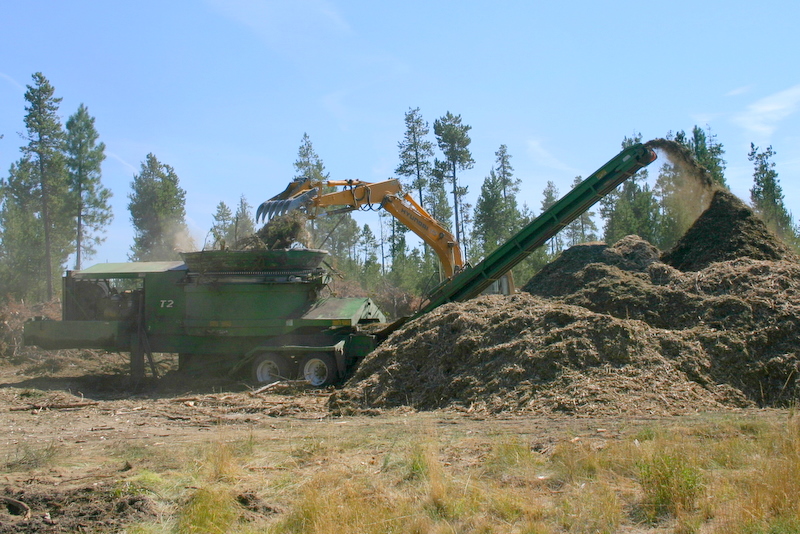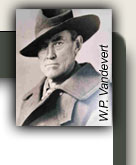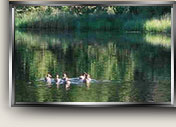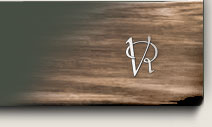Forestland Strategies and Practices
1.
Create shaded fuel breaks around the perimeter of the ranch to slow
the spread of fire, particularly fire originating outside the
ranch. Thin trees in these areas to create 14-15 foot distances
between them.
2.
Reduce fuels and thin trees in common areas near homes to slow the
spread of fire and improve aesthetics.
3.
Promptly remove diseased and insect-infested trees to limit the
spread of these problems. Lodgepoles infested with pine bark
beetles should be removed in May because the beetles move on
to untouched trees in June through through September.
4.
Remove most dead and down wood from all wooded areas to reduce fuel
and limit the spread of insects and diseases.
5.
Thin trees in less visible areas (e.g. the center of Stand VI) to
create 9-10 foot distances between them.
6.
Require owners to trim trees and reduce fuels on their individual
lots. Per the CC&R’s, “The Association may require the pruning,
cutting or spraying of trees, at the Owner’s cost, for the health
and safety of Vandevert Ranch or for purposes of reducing fire risk
or to protect explicit view easements.” Oregon SB 360 provides a
certain reduction in liability for spreading fires for individual
lot owners gaining certification that they have reduced fire risk on
their properties. (See
Government Impact.)
7.
Salvage tree trunks and some branches for firewood, fence rails, and
other uses on the ranch.
8.  Gather debris from trimming and brush cutting. Place in large brush
piles or remove to the burn pile. Prior to 2007/2008 this debris
was burned after the first snowfall. In the spring of 2008 began contracting
with Roseburg Forest Products to bring trucks and equipment on the
ranch, chip the brush piles (see photo), and remove the debris to be used as
biofuel in the boilers Roseburg uses to make steam in the
manufacture of paper and other wood products. The shredded debris,
known as “hog fuel” is not clean enough to make into paper or other
products. There is no charge for this service.
Gather debris from trimming and brush cutting. Place in large brush
piles or remove to the burn pile. Prior to 2007/2008 this debris
was burned after the first snowfall. In the spring of 2008 began contracting
with Roseburg Forest Products to bring trucks and equipment on the
ranch, chip the brush piles (see photo), and remove the debris to be used as
biofuel in the boilers Roseburg uses to make steam in the
manufacture of paper and other wood products. The shredded debris,
known as “hog fuel” is not clean enough to make into paper or other
products. There is no charge for this service.
9.
Mow shaded fuel breaks to keep down tree seedlings, bitterbrush, and
grass. The ranch currently uses its pasture mower but plans to
build a smaller mower to go on a hydraulically controlled stinger on
the front of the tractor. This will allow the tractor to be driven
forward rather than backward while mowing and will make it easier to
maneuver around trees. As with the pasture mower, the blades will
be hinged to fold back when they hit something solid.
10.
Plant ponderosas throughout the ranch because they are more fire and
disease resistant than lodgepoles, longer-lived, and more
attractive. The ranch foreman estimates there is room to plant
about 10,000 ponderosa seedlings.
11. Leave scattered quarter-acre stands of un-thinned trees
that deer and elk prefer to bed down in. For example, the area
between the wood shed and the mare pasture.
12.
Cooperate with ranch neighbors and with regional communities to
promote healthy forests and reduce the risk of fire, particularly
through governmental agencies and non-governmental organizations
such as the Upper Deschutes River Coalition.
The Silvopasture Option
Pasturing cattle in some of the woodlands would
benefit the woodlands and wildlife (deer and elk). It would also
provide incremental revenue for the ranch. The cattle would
stimulate the growth of grass in the woodlands by keeping the grass
cropped. They would reduce the fire danger by browsing the
bitterbrush and would reduce weeds by helping the grass out-compete
them. The green shoots sprouting from grazed grass would be
especially attractive to deer and elk. Cattle will not browse the
needles or seedlings of ponderosa or lodgepole. The bark of these
conifers is tough enough to withstand their rubbing against it.
The ranch has decided not to pursue this
practice so far because of concerns about flies and smells that
accompany cattle. Nonetheless, it may be worthwhile experimenting
with silvopasture in areas of the ranch furthest from homes.
The best silvopasture practice would be to
lease out grazing rights for selected areas to a herd owner –
probably for a few weeks in May and a few weeks in September. The
ranch would want cows without calves because the calves are likely
to get through the wire fences or get stuck in the buck and rail.
Corrientes cattle might be the best breed because they are easy to
handle.
The ideal place to start would be the southwest
corner of the ranch in Stand V after more fuels reduction is done
and a gate is added by the western berm. Stand VI (north of the
pasture) is already fenced to accommodate this grazing and could be
used after further fuels reduction. Stand III, between the south
access road and South Century, would be ideal for rotational grazing
but may be unacceptably close to residences. Rotational grazing
optimizes the use of the land by separating small grazing areas with
electric fences and getting the cattle to thoroughly graze one area
before moving on to the next.
Continue to Forestland Plans
Return to
Stewardship Plan Table of Contents






